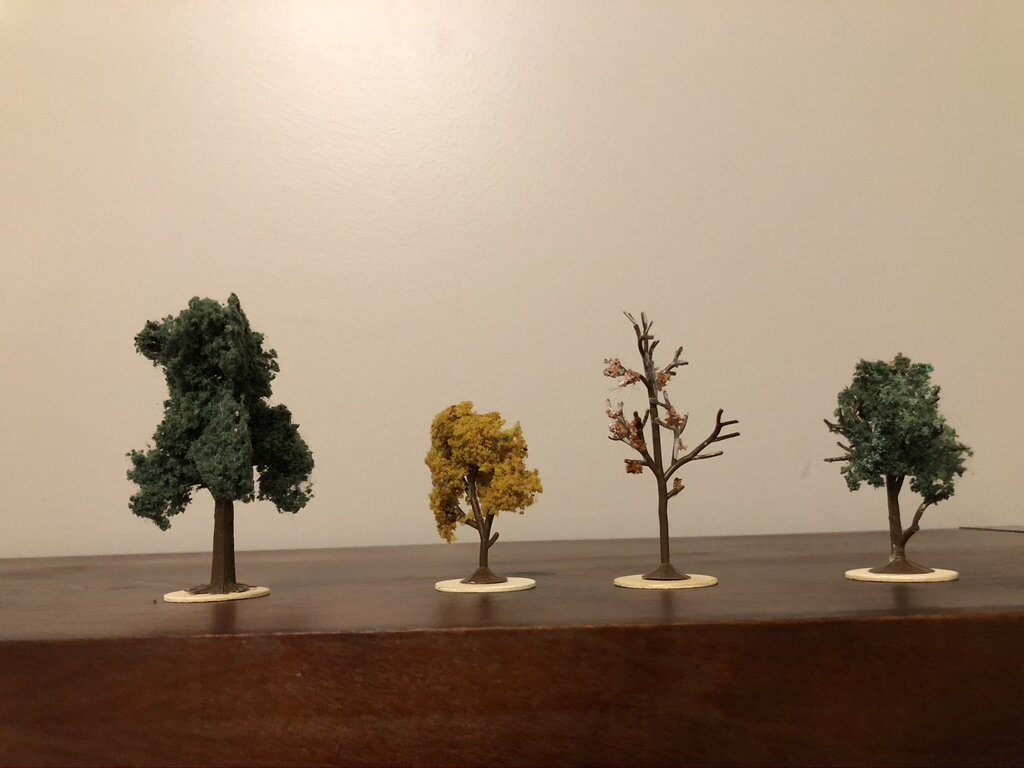All Kinds of Autumn
What does autumn mean to you?
Spending the past few years in Oaxaca, Mexico has meant new autumn experiences for me. Before moving here I’d lived in North Carolina (southern US) for most of my life. To me, autumn always meant rainy and increasingly colder weather, leaves changing colors, leaves falling, different foods appearing, and shorter days and longer nights.
Some of that is true for Oaxaca, but it’s much more subtle. Around here the color changes come from different flowers in bloom, different fruits and vegetables appearing in the markets, and there is a shift in the weather as it becomes a bit cooler and drier.
Autumn has always been my favorite season and I do start to miss those familiar signs of change this time of year. So as I’m reminiscing, I’ve gathered up some of my favorite autumn activities and materials from those North Carolina days.
Autumn Practical Life Shelf - Full of those warm and cozy fall colors and textures.
a progression of pouring exercises
finger transfer, transferring with tongs, corn tweezing
a progression of spooning exercises
necklace making, containers and lids
I found this paper box at a thrift store and it was the perfect thing to hold these little TOOB trees.
These trees came from my local craft store. I thought the “spring” and “summer” trees were too similar so I dabbed a bit of paint on one to look like snow or blossoms.
Pumpkin dissection - This is one of my favorite ways to explore the science and vocabulary around pumpkins, which are on most everyone's mind this time of year.
We would gather together on our big rug and the children would whisper with guesses as to what we would do with this big pumpkin. We'd make observations and name the parts of the pumpkin we could see like the rind, stem, ribs, and the blossom end. And when I asked what's inside..."pumpkin guts!" was one confident response.
We sliced it open and that's just what we found. We learned the names of the pulp and the fibrous strands, and some of us braved the squishiness and sorted out the seeds to roast up for a snack.
Kids love this presentation and the opportunity to explore a familiar object in a new way. For us adults, it's a great reminder to slow down and allow space for wonder and curiosity to unfold.
Corn tweezing - Colorful flint corn starts popping up in stores and markets this time of year. In this work, children use their fingers or tweezers to pull out the individual kernels of corn.
I've seen children spend long stretches of time with this work, quietly concentrating on each little movement to grasp and pull out the kernels. Many older children are motivated to remove all the kernels in one sitting, and work so diligently to make it happen, getting to the point of sheer giddiness when they finally complete it.
These parts of a pumpkin 3-Part cards are from The Helpful Garden. This is fun to do after the initial pumpkin exploration, and the children also have the option to make their own little booklets.
A selection of Autumn printables from the online shop:










